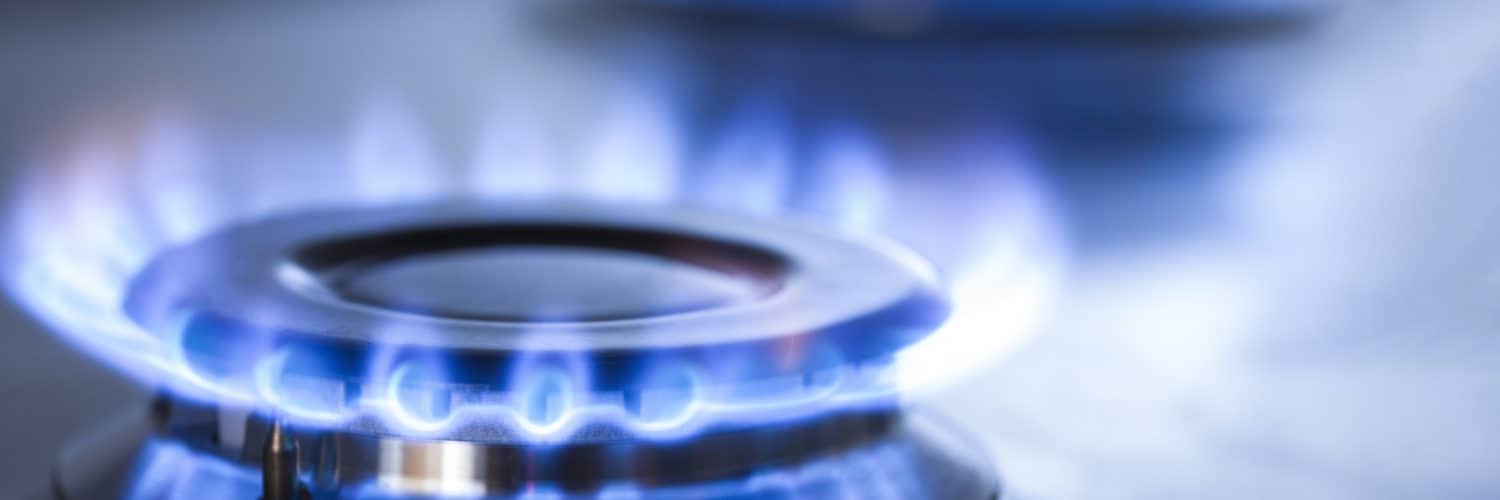Henry Hub prices for January are holding steady below the US$4-mark, trading at US$3.81/MMBtu as of 1:40pm EDT Thursday afternoon. After reaching a low of US$3.686/MMBtu on Tuesday, prices have slowly trended higher with cooler temperatures forecasted for January. Ongoing Omicron concerns and uncertainty around impact severity of the new variant, however, have limited upward price movement. On the bullish side, record high natural gas prices in Europe and Asia continue to provide demand for US liquefied natural gas (LNG) exports, while tensions between Russia and Ukraine have raised concerns on the delay in certification of the Nord Stream 2 pipeline. The EIA forecasts the US will have the world’s largest LNG export capacity once new LNG liquefaction units are in service at the end of 2022, exceeding the two largest LNG exporters, Australia and Qatar.
As published in their December Short-Term Energy Outlook report, the EIA expects dry natural gas production to increase from 95.1 Bcf/d in October 2021 to 97.5 Bcf/d by December 2022, a new record high from the previous monthly record of 97.2 Bcf/d set in November 2019. COVID-19 demand destruction in early 2020 resulted in natural gas production declining to 87.3 Bcf/day in May 2020 and has continued to rise, apart from the cold snap in February 2021. As such, the supply balance has improved significantly since the summer. The EIA estimated working gas storage was 3,417 Bcf for the week ending December 10th, following an overall withdrawal of 88 Bcf. The withdrawal was in line with market expectations ranging from 77-91 Bcf and had minimal impact on pricing today. Storage levels are now 8.7% below year-ago levels and, relative to the five-year average, 1.8% less.
In Canada, prompt-month futures for AECO are trading at C$4.09/GJ, while Dawn is trading at C$4.63/GJ. Prices have risen, with week-over-week increases of $0.33/GJ and $0.11/GJ at AECO and Dawn, respectively. Point Logic reports Canadian natural gas storage for the week ending December 10th was sitting at 629 Bcf, after a withdrawal of 25 Bcf. This withdrawal decreases storage inventories to 5.8% below the 5-year average and 15.6% below storage levels last year at this time. Canadian storage is 72% full, with Eastern storage levels now at 87% of capacity and Western storage 67% full. A withdrawal of 4 Bcf is expected for the week ending tomorrow.
– Karyn Morrison, Energy Advisor








Add comment